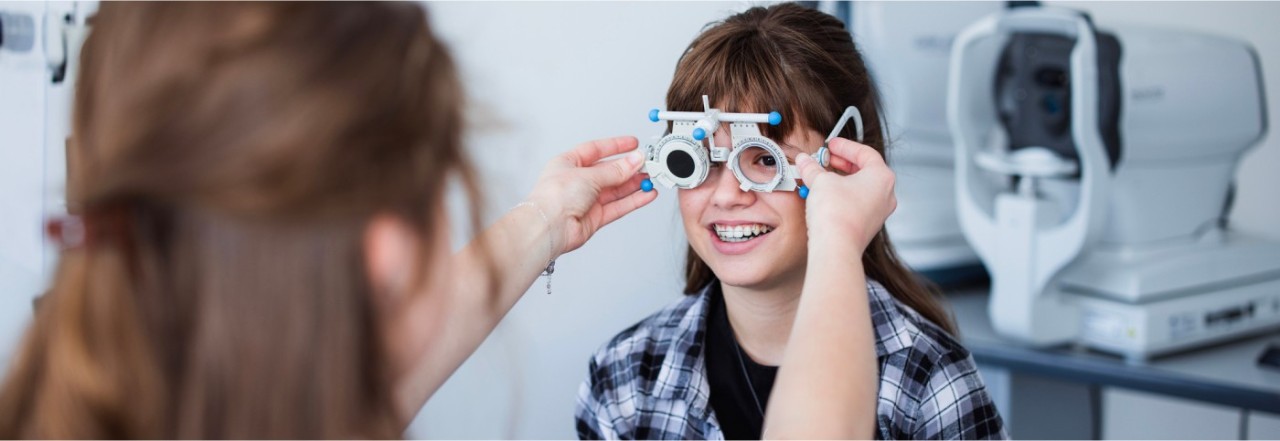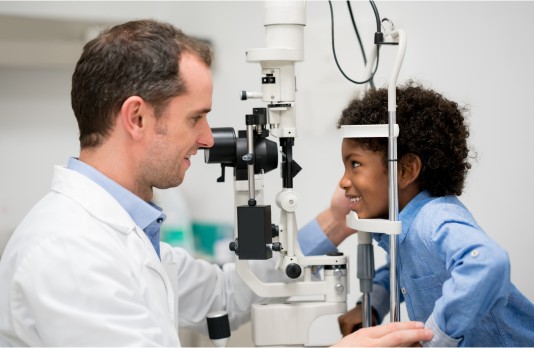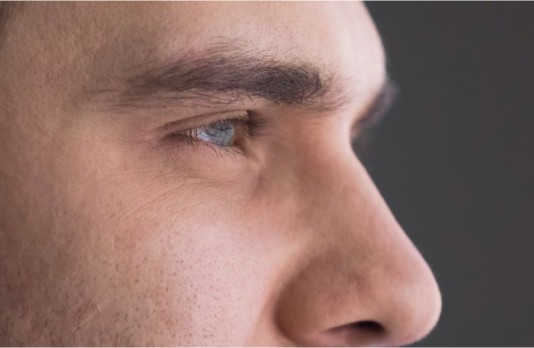Common symptoms of vision problems in children

Children rely on their vision to learn, play and explore the world around them. They may not always speak up if they experience vision problems. Uncorrected issues like nearsightedness, farsightedness and astigmatism can affect everything from reading and writing to sports and social interactions. Left untreated, they can even lead to long-term vision loss or developmental delays. Early detection is key to keeping their vision sharp and development on track.
Eye problems can go unnoticed. Knowing the signs can help you catch vision issues early and support your child’s health and development.
Most common vision conditions in children
The American Academy of Ophthalmology outlines several common eye diseases and conditions affecting children.
- Styes: small, painful bumps on the edge of the eyelid caused by bacterial infections in your eyes’ oil glands
- Pink eye (conjunctivitis): irritation of the white part of the eye from viral or bacterial infections which are contagious or easily spread
- Cellulitis: an infection causing painful swelling or bulging of the eye, fever and blurry vision that requires immediate medical attention
- Cataracts: clouding of the eye's lens, which can be congenital or result from injury, often needing surgical intervention
- Droopy eyelid (ptosis): a condition where the eyelid droops and may obstruct vision; severe cases might require surgery
- Misaligned eyes (strabismus): a condition where the eyes point in different directions, potentially leading to amblyopia if untreated
- Lazy eye (amblyopia): poor vision development in one eye due to untreated issues like refractive errors or strabismus
Common symptoms of eye problems in children
Children don’t always have the language to describe vision problems, so be on the look out for symptoms. Some symptoms you can easily notice yourself, like color or position. For others, you’ll need to pay attention to the way your child behaves.
Look for these features:
- Crossed eyes
- Eyes turned in/out
- Red eyes
- Swollen eyelids
- Pupils not dilating
- Bulging eyes
- Eyes that jiggle or dance
- Droopy eyelids
- White reflection in their eye in photos
Pay attention when children:
- Frequently squint or have teary eyes with no clear cause
- Describe having double vision, blurry vision, light sensitivity or frequent headaches
- Sit unusually close to screens or hold books close to their faces
- Are uninterested in distant objects or events
- Avoid close-up tasks
- Struggle with hand-eye coordination
- Have trouble focusing or tilt their heads when reading
If you notice any of these, it’s time to book an appointment with their primary care doctors. Remember, symptoms of eye problems may look like other health conditions. Always talk with your child's health care provider for a diagnosis.
When to schedule screenings and exams
Make vision screenings a regular part of your children’s health routine. A vision screening is an efficient eye exam, where your child is evaluated for eye problems by a trained health care professional and then referred for a comprehensive exam if needed. A comprehensive eye exam can diagnose diseases and may include pupil dilation. They’re performed by an optometrist or ophthalmologist.
Follow this schedule for vision screenings:
- Newborns: screening from their pediatrician or other trained health care professional for basic indicators of eye health
- Children under age 3: screenings during regular well-child exams
- Older children and teenagers: screenings with their doctor every one to two years
If you notice problems between screenings, schedule a separate screening or exam.
Last updated April 2025
Related articles:
The oral health information on this website is intended for educational purposes only. Always consult a licensed dentist or other qualified health care professional for any questions concerning your oral health.


